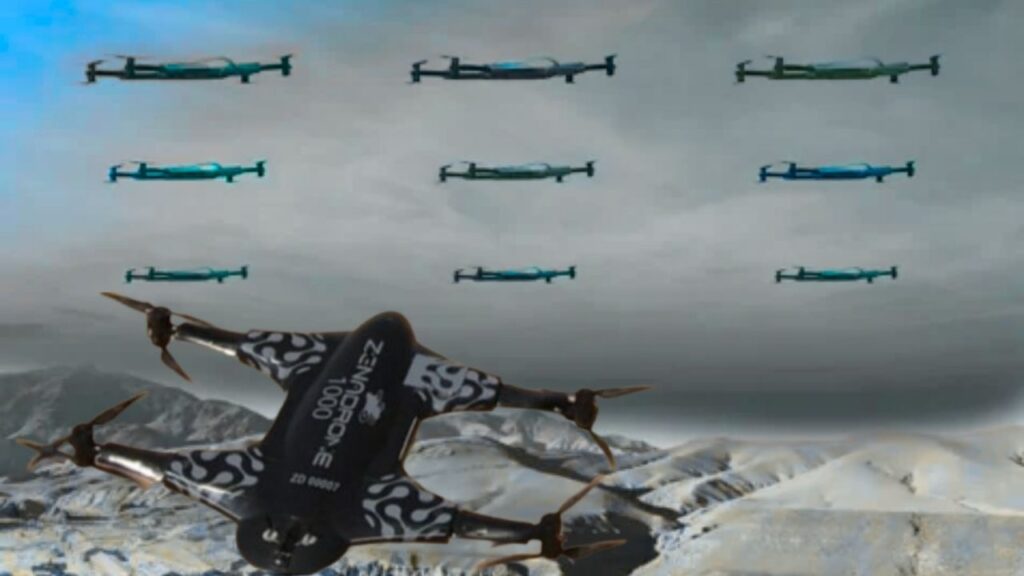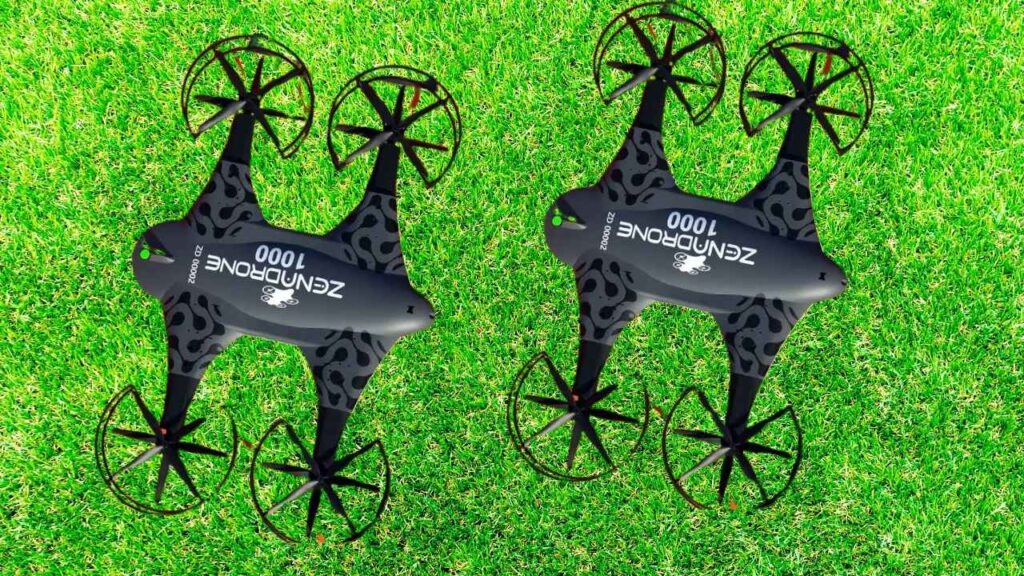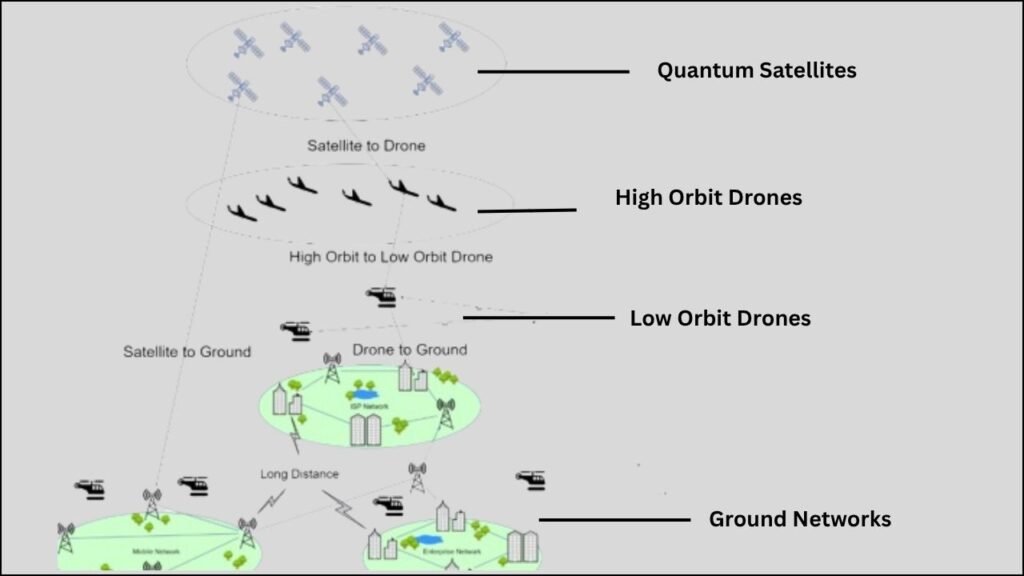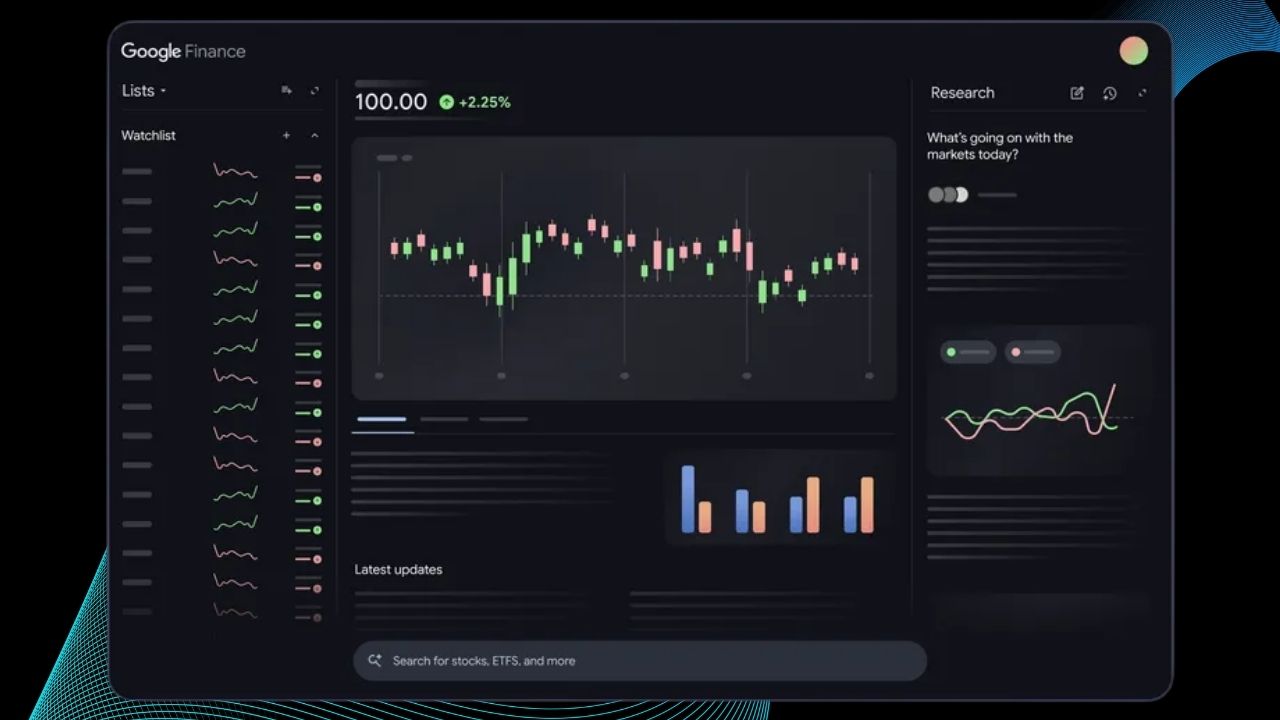Quantum Powered AI and Weather Prediction Project: Imagine a world where we can predict dangerous storms, tornadoes, or floods before they strike—saving lives and billions of dollars. That’s the promise behind the Quantum Powered AI and Weather Prediction Project Clear Sky via Quantum Drones, a groundbreaking initiative by ZenaTech Inc.

This project is at the cutting edge of science, blending artificial intelligence (AI), quantum computing, and drone technology to revolutionize how we forecast and respond to extreme weather events.
Quantum Powered AI and Weather Prediction Project
| Feature/Stat | Details |
|---|---|
| Project Name | Clear Sky |
| Lead Organization | ZenaTech Inc. |
| Core Technologies | AI-powered drone swarms, Quantum computing |
| Purpose | Hyper-local, real-time weather prediction; disaster mitigation |
| Market Impact | Addresses $417B in global weather disaster losses (2024) |
| Data Collection | Real-time atmospheric data: temperature, humidity, wind, pressure, more |
| Team Expansion | Quantum computing team growing to 20 engineers |
| Beta Release | Planned for late 2025 |
| Industry Application | Business, government, agriculture, defense, logistics |
| Official Website | zenatech.com |
The Quantum Powered AI and Weather Prediction Project Clear Sky via Quantum Drones is poised to transform how we predict and respond to extreme weather. By harnessing the power of AI, quantum computing, and drone swarms, ZenaTech is closing the gap between what we know about the sky and how quickly we can act on that knowledge. As climate change drives more frequent and costly disasters, this technology could become a vital tool for saving lives, protecting property, and building a safer future for everyone.
What Is Project Clear Sky?
Project Clear Sky is a research and development initiative by ZenaTech designed to tackle the rising threat of extreme weather using the latest advances in AI, quantum computing, and drone technology. The project’s goal is simple but ambitious: to predict localized, severe weather events with far greater accuracy and speed than ever before, especially in areas where traditional forecasting tools fall short.
Why Is This Important?
- In 2024, there were 58 billion-dollar weather disasters worldwide, with 27 in the U.S. alone, causing over $417 billion in damages.
- Traditional weather forecasting systems often miss fast-changing, local events like tornadoes or flash floods.
- Better predictions can save lives, protect property, and help businesses and governments prepare for disasters.
How Does Project Clear Sky Work?
1. AI-Powered Drone Swarms
Picture a fleet of smart drones, each equipped with advanced sensors, flying into and around storm systems. These drones, such as the ZenaDrone 1000, gather real-time data on:

- Temperature
- Humidity
- Wind speed
- Air pressure
- Other environmental factors
Unlike satellites or ground stations, these drones can fly at various altitudes and reach dangerous or remote locations, collecting much more detailed information.
2. Quantum Computing Power
All the data from the drones is sent instantly to powerful quantum computers. Quantum computing is a new kind of super-fast calculation that can process huge amounts of information at once—far more than regular computers.
- Quantum algorithms analyze the data, finding patterns and making predictions in seconds.
- This allows for hyper-local forecasts—for example, predicting a tornado in a single town rather than just a whole region.
3. AI Weather Models
The project uses AI algorithms trained on years of weather data. These models learn to recognize the signs of dangerous weather and can make predictions much faster and more accurately than traditional methods.
Why Is This a Game-Changer?
Filling the Data Gap
Traditional weather systems have “blind spots,” especially in the atmosphere’s middle layers or over oceans and mountains. Drones can fill these gaps, providing a complete picture of what’s happening in the sky right now.
Real-Time, Localized Predictions
- Speed: Quantum computing makes it possible to analyze data in real time, not hours later.
- Precision: Drones can focus on specific trouble spots, helping to warn people sooner and more accurately.
- Coverage: Swarms of drones mean more data from more places, which means better forecasts everywhere.
Early Results
In early tests, ZenaTech’s system used old weather data to predict temperature and storm paths. The results were almost identical to what actually happened, showing the system’s potential to outperform existing models.

Who Benefits from Project Clear Sky?
For Families and Communities
- Faster warnings for tornadoes, floods, and storms.
- More time to get to safety or protect property.
For Businesses
- Reduced losses from weather-related shutdowns or damage.
- Better planning for supply chains, agriculture, and logistics.
For Governments and Emergency Responders
- Improved disaster response with more accurate, real-time information.
- Smarter resource allocation and evacuation planning.
For Scientists and Meteorologists
- Access to richer, more detailed atmospheric data.
- Opportunities to improve climate models and research.
How to Use Clear Sky’s Insights: A Step-by-Step Guide
1. Access the Platform
When the beta version launches, authorized users (like emergency managers or business leaders) will log in to the Clear Sky dashboard.
2. Monitor Real-Time Data
Watch live feeds from drone swarms as they gather atmospheric data across different regions.
3. Receive AI-Driven Alerts
Get instant notifications about developing threats—such as a tornado forming or a flash flood risk.
4. Analyze Forecasts
Use interactive tools to see hyper-local predictions, track storm paths, and plan responses.
5. Integrate with Operations
Businesses and governments can connect Clear Sky’s data to their own systems for automatic alerts, resource planning, and more.
Practical Advice for Professionals
- Stay Informed: Sign up for updates from ZenaTech and monitor the progress of the Clear Sky project.
- Prepare to Integrate: Consider how real-time, hyper-local weather data could improve your organization’s safety protocols, logistics, or emergency response.
- Invest in Training: Teams should be ready to interpret and act on AI-driven weather insights.
- Collaborate: Work with local authorities, meteorologists, and technology partners to maximize the benefits of advanced forecasting.
NTT Docomo Uses Quantum Optimizer to Boost 5G Resource Efficiency by 15%
IonQ To Acquire Oxford Ionics For ~$1.1 B, Expanding Trapped‑Ion Leadership
Quantum Sensor Tracks 3D Movement Without GPS Using Ultracold Atoms
FAQs About Quantum Powered AI and Weather Prediction Project
Q1: What makes quantum computing better for weather prediction?
Quantum computers can process enormous amounts of data at once, making it possible to analyze complex weather patterns in seconds rather than hours.
Q2: How do drone swarms improve weather data collection?
Drones can fly at different heights and into dangerous or remote areas, collecting detailed, real-time data that satellites and ground stations often miss.
Q3: Is the Clear Sky project available to the public?
As of June 2025, Clear Sky is still in development, with a beta version expected soon. It will initially target businesses, governments, and emergency services.
Q4: How reliable are the predictions?
Early tests show Clear Sky’s predictions closely match real-world outcomes, especially for fast-changing, localized events like storms and tornadoes.
Q5: What industries can benefit from this technology?
Agriculture, logistics, insurance, energy, defense, and public safety are just a few sectors that stand to gain from better weather forecasts.
Q6: Where can I learn more?
Visit the official ZenaTech website for updates, technical details, and contact information.










